Overview
Map
Other Details
كنيسة مار مارون
Trablous Ez-Zahrieh
Tripoli
North
كنيسة مار مارون - طرابلسبُنيت الكنيسة وسط مدينة طرابلس سنة ١٩٥٦ في عهد المثلث الرحمات المطران أنطون عبد، صمّمها المهندس الإيطاليّ بيار أريكوني. نمطها بازيليكيّ بشكل صليب لاتينيّ وقبّة، مع برج ساعة في مقدّمها. تتميّز الكنيسة بمذابحها من رخام الكرارة الإيطاليّ وهي من عمل مؤسسة شبطيني الطرابلسيّة. كذلك تتميّز بالأثاث البيعيّ الغربيّ الطراز. رمّم البناء سنة ٢٠٠١ بسعي المثلث الرحمات المطران يوحنا فؤاد الحاج.The church of St Maroun - TripoliThe church was built in 1956 during the pontificate of Archbishop Antoun Abed. It was designed by the italian architect Pierre Ariconi according to a latin cross basilical plan with a transept and a dome. The church holds a bell tower with a clock on the western front. The church interior has a neo gothic style with carrera marble altars made by the Chabtiny association from Tripoli. The church aslo holds western style church furnishings. The building was restored in 2001 during the pontificate of Archbishop Youhanna Fouad el Hajj.
Visited 4727 times, 2 Visits today



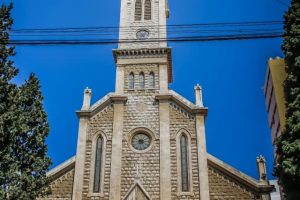
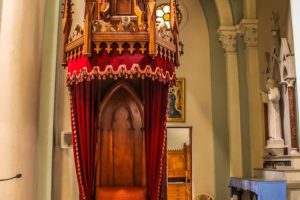
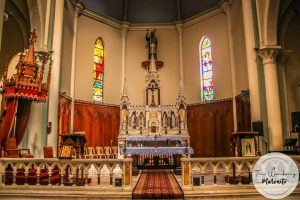
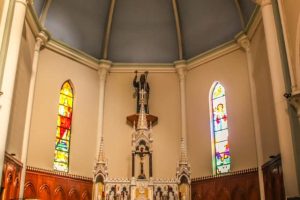
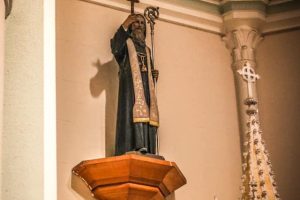
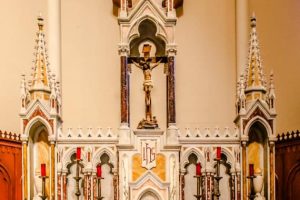
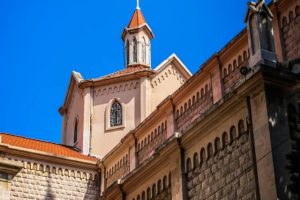
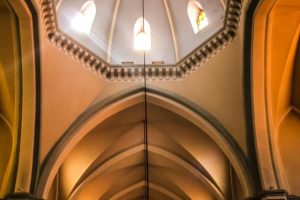
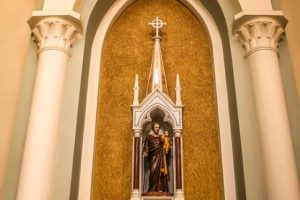
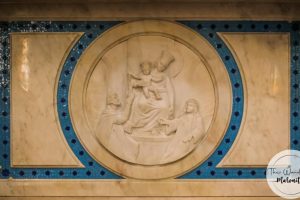
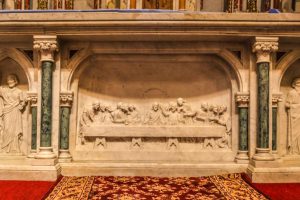
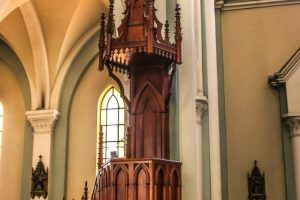
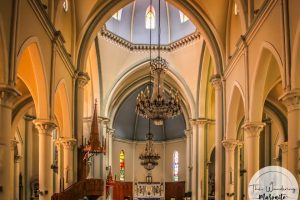
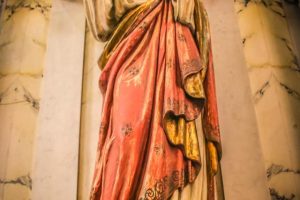














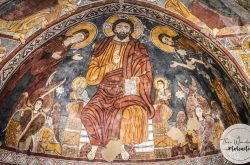
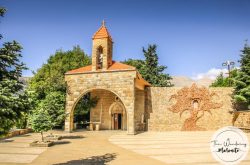
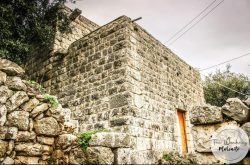
Reviews are disabled, but trackbacks and pingbacks are open.